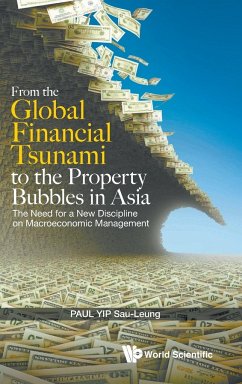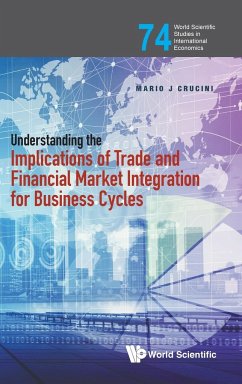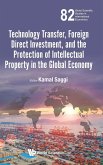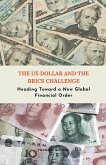This book discusses the formation of the current huge property bubbles in many Asian economies and the high likelihood of another Asian financial crisis due to the eventual bursting of these property bubbles. In particular, it explains: How the Quantitative Easing (QE) programs helped avoid a great depression after the Global Financial Tsunami; How the QE programs contributed to the formation of huge property bubbles in many Asian economies; The pricing power and hoarding power of Asian developers due to the market structure problem and the indicator effect (from new property prices to resale property prices) in Asian housing markets; The role of the market structure problem and indicator effect in the formation of the current property bubbles in many Asian economies; The important characteristics of the seeding stage, the development stage and the final stage of an asset bubble; How the understanding of these characteristics could help policy makers in pre-empting or curbing an asset bubble, and help investors in properties, shares and other assets investments; The high likelihood of an eventual bursting of the gigantic property bubbles in Hong Kong, India or another Asian economy, which would in turn trigger another Asian financial crisis; The underlying causes of the housing problems (especially high real housing prices) in Asia, and the recommended long-term solution. In view of the huge costs due to the macroeconomic policy mistakes in many developing economies and some advanced economies, this book recommends the development of a new economic discipline on macroeconomic management and rigorous selection procedures of key economic and monetary officials. If properly done, these would help pre-empt financial crises, currency crises and asset bubbles in the future.








